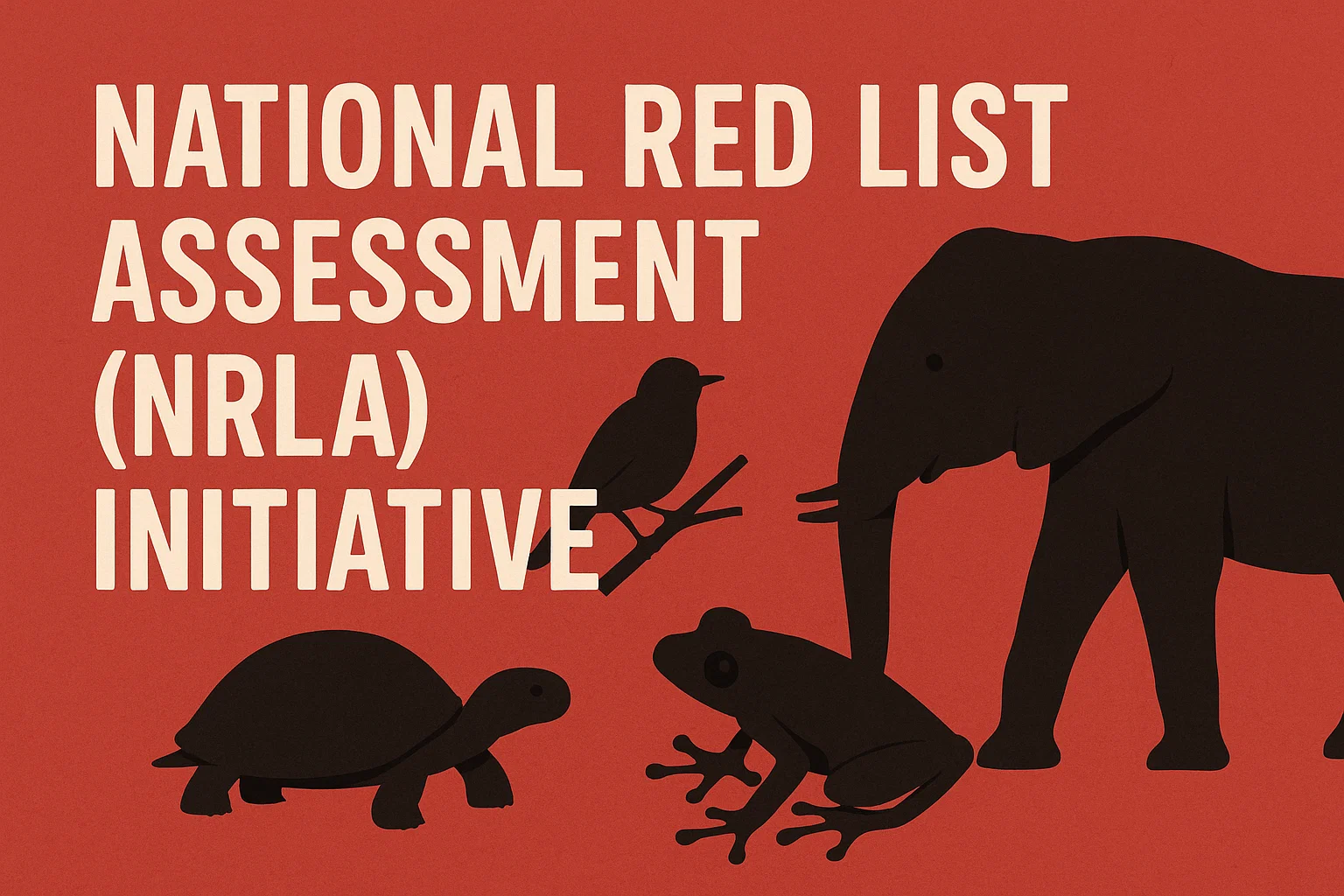Font size:
Print
India’s New Drug Disposal Guidelines
Indian drug regulator issues guidelines on disposal of expired and unused medicines
Context: In May 2025, the Central Drugs Standard Control Organisation (CDSCO) issued national guidelines on the safe disposal of expired and unused drugs. These were circulated to all state and Union Territory drug controllers, with instructions to encourage adoption by stakeholders across the pharmaceutical supply chain.
The Hidden Dangers of Improper Storage and Disposal
- Unused medicines left unattended: Can be misused or accidentally ingested, especially by children or vulnerable populations, leading to poisonings and health risks.
- Improperly disposed drugs can also leach into the environment, where they: Persist in water systems, Affect aquatic life, and, Pose health risks to humans through indirect exposure.
- Specific environmental consequences include:
- Antibiotic residues in aquatic ecosystems worsening antibiotic resistance and altering microbial virulence.
- Ethinyl estradiol (a component of oral contraceptives) causes endocrine disruption in fish species like roach.
- Detection of organic pharmaceutical contaminants in drinking water treatment plants, raising public health concerns.
Background
- A 2018 AIIMS study flagged the ecological dangers of disposing medicines in landfills.
- A 2019 report by Centre for Science and Environment (CSE) highlighted unsafe disposal practices across the Delhi-NCR region—at household, retail, and wholesale levels.
- CSE also advocated for drug take-back programmes and Extended Producer Responsibility (EPR) to ensure manufacturers play a role in medicine disposal.
What Do the Guidelines Cover?
- Disposal Methods: Recommended methods include encapsulation, inertisation, and incineration.
- Flush List: A list of 17 drugs permitted to be safely flushed down the toilet or sink to prevent harm.
- Process Guidelines: Covers procedures for collection, storage, transportation, and final disposal.
- Stakeholder Roles: Detailed responsibilities for retailers, suppliers, manufacturers, hospitals, and procurement agencies.
Reverse Supply Chain: Who Does What?
- The guidelines recommend a reverse flow of expired drugs through the supply chain:
- Retailers must return expired stock to their suppliers or manufacturers.
- Wholesalers and distributors must accept returns from those they supply and ensure segregation and return.
- Manufacturers are to accept all expired or unused drugs and arrange for safe disposal.
- Government and private hospitals may return expired stock or follow disposal procedures under the Biomedical Waste Management Rules, 2016.
Gaps and Limitations
- No Full EPR Mandate: Guidelines stop short of placing full responsibility on manufacturers, unlike global EPR models.
- Consumers Excluded: Unlike drug take-back systems in Europe and the US, Indian consumers are not included in the reverse chain, limiting public participation.
- Focus on Record-Keeping: Strong emphasis on maintaining disposal records and regulatory verification when needed.
Public Drug Take-Back Initiatives
-
- To encourage safe disposal by the general public, the guidelines recommend:
- State drug departments and chemist associations urged to launch public drug take-back programmes.
- Citizens can drop off expired or unused medicines at designated sites for safe disposal.
- To encourage safe disposal by the general public, the guidelines recommend:
-
Kerala’s Model: Kerala has emerged as a pioneer with its New Programme on Removal of Unused Drugs (nPROUD), launched in December 2024.
-
Piloted in Kozhikode Municipal Corporation and Ulliyeri panchayat, the programme already covers:
-
-
- Coverage of approximately 200,000 households and thousands of medical stores
- Features door-to-door collection and planned installation of blue bins in stores
- Commercial operators (retailers, wholesalers, hospitals) pay ₹40 per kg for disposal
- All collected medicines are incinerated at a facility in Ernakulam
- This program runs in coordination with the Municipal Corporation, which is also responsible for collecting and segregating household medical waste under local bye-laws.
-
Implementation and Future Outlook
- Need for coordination among: Drug regulators, Pollution control boards, Municipal bodies.
- Stakeholder concerns: Practical implementation by retailers and wholesalers is crucial, but may face feasibility and cost challenges. Addressing these concerns through efficient supply chains and supportive policies can help ensure wider adoption and market growth.
- Industry Action: The All India Organisation of Chemists and Druggists to hold a meeting in June 2025 to assess feasibility and roll-out strategies.


